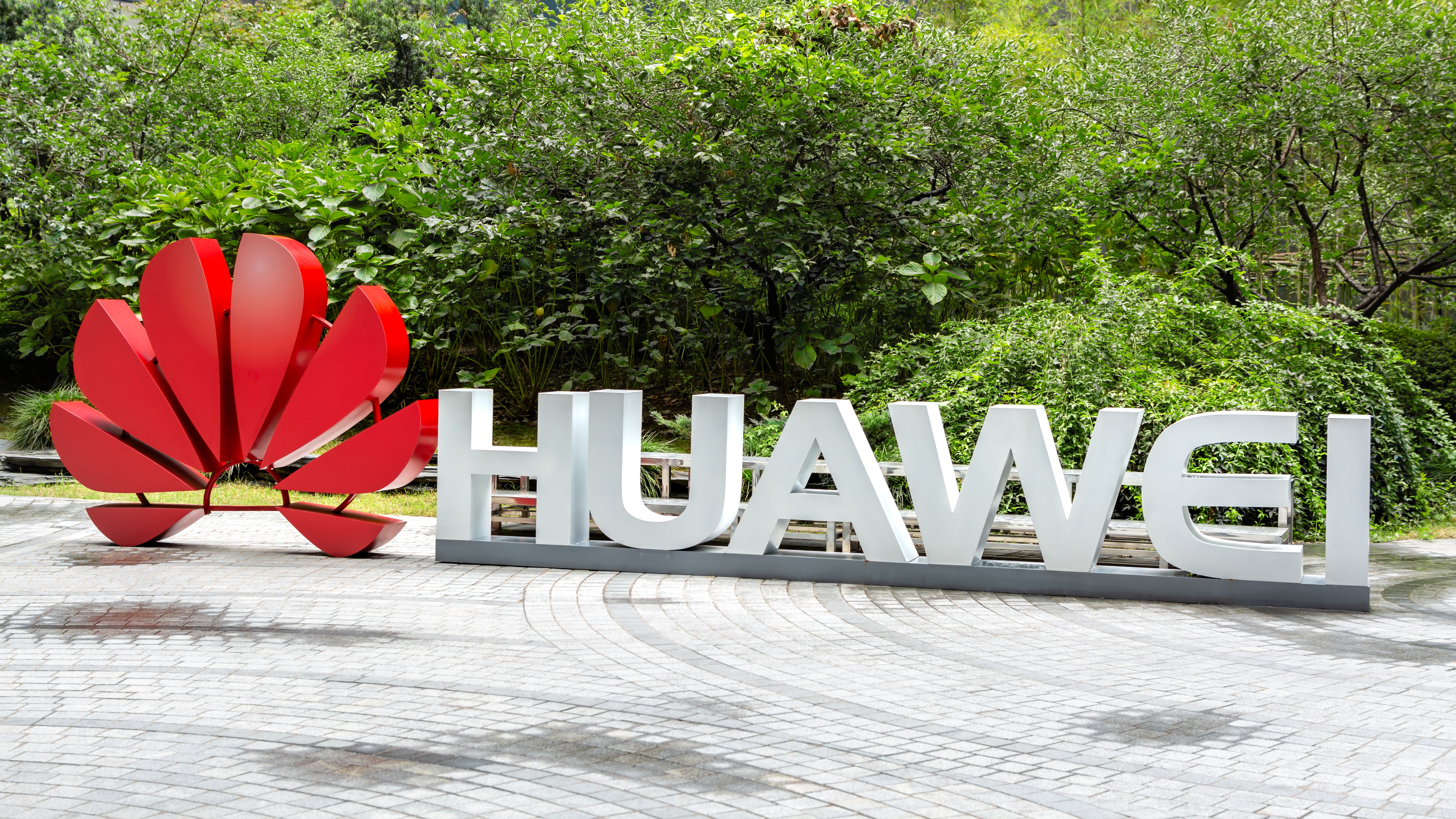Huawei patent reveals 3nm-class process technology plans — China continues to move forward despite US sanctions
Huawei and SMIC could produce 3nm chips using DUV tools and multi patterning.

When Huawei and Semiconductor Manufacturing International Co. (SMIC) patented self-aligned quadruple patterning (SAQP) lithography methods to produce advanced microchips earlier this year, most assumed the companies were working on building chips using their 5nm-class fabrication process. Apparently, that's not the limit of their plans, as Huawei is now looking forward to using quadruple patterning for 3nm-class manufacturing technology as well.
SiCarrier, a state-backed chip manufacturing equipment developer that's working with Huawei, also patented a multi-patterning technique, confirming SMIC's plans to use this technology for future nodes. Experts like Dan Hutcheson from TechInsights suggest that while SAQP may allow China to manufacture 5nm-class chips, EUV machines will be essential for long-term competitiveness beyond these nodes. Industry experts never envisioned the use of quadruple patterning for 3nm-class nodes.
7nm-class process technology features 36nm–38nm metal pitches, while 5nm-class nodes shrink the metal pitches to 30nm–32nm. At 3nm, metal pitches will get to approximately 21nm–24nm. That could achieve critical dimensions of approximately 12nm for high-volume manufacturing, something that even Low-NA EUV tools cannot achieve without using of double patterning. Yet it looks like Huawei and SMIC plan to get there with SAQP using DUV tools.
SAQP is crucial for Huawei and SMIC as they lack access to leading-edge lithography tools like ASML's Twinscan NXT:2100i and Twinscan NXE:3400C/3600D/3800E. That's due to export rules imposed by the Nerherlands, with the U.S. being the primary instigator of the restrictions. SAQP involves repeatedly etching lines on silicon wafers to increase transistor density, reduce power consumption, and enhance performance. This approach mirrors Intel's previous attempts to avoid relying on extreme ultraviolet (EUV) lithography machines in 2019–2021 with its 10nm-class (later renamed "Intel 7") node.
Despite the potential benefits, SAQP's use presents difficult challenges. Intel's first-generation 10nm-class process technology failed at least in part due to this method. Yields were rumored to be so bad that the only 10nm Canon Lake CPU only had two CPU cores and the integrated graphics was disabled. However, for SMIC, SAQP is necessary to progress in semiconductor technology, enabling the production of more sophisticated chips — including next-generation HiSilicon Kirin processors for consumer devices and Ascend processors for AI servers.
Although the cost per 5nm or 3nm chip using SAQP will almost certainly be higher, making it less feasible (if at all) for commercial devices, the method remains vital for China's advancements in semiconductor technology. These advancements are essential not only for consumer electronics but also for applications like supercomputers and potentially for developing military capability.
Get Tom's Hardware's best news and in-depth reviews, straight to your inbox.

Anton Shilov is a contributing writer at Tom’s Hardware. Over the past couple of decades, he has covered everything from CPUs and GPUs to supercomputers and from modern process technologies and latest fab tools to high-tech industry trends.
-
usertests Do the 7/5 nodes compare well to TSMC/Samsung/Intel on transistor density, efficiency, etc.? Could be innovation in naming.Reply -
ThomasKinsley Make it first. Make it cheaper second. The thing is China doesn't even need to be profitable in the high tech sector for a long time. Profits from mass-produced lower-tier chips will cover the costs, and any remainder that is left will be more than helped by state subsidies. The only thing that sanctions can reasonably do is force China to overcome technical hurdles on their own, but that isn't hard since China poached industry leaders long ago.Reply -
EyadSoftwareEngineer I'm laughing so much now on US sanctions on China, now China reached nod even smaller than TSMC!.Reply
It has been said many times that if you want to lose an industry to China, just try to restrict it in China. -
peachpuff Reply
Does it count if its only on paper?EyadSoftwareEngineer said:I'm laughing so much now on US sanctions on China, now China reached nod even smaller than TSMC!.
-
_Shatta_AD_ Reply
Regardless whether this is only on paper or even real. Statistically speaking, if there’s one country in this world that could overcome hurdles and not take restrictions sitting down would be China. I don’t even need to list examples, cause there’s just too many. Look no further than their space program. It’s just a matter of time. US sanctions can only delay the inevitable if not actually sped it up.peachpuff said:Does it count if its only on paper? -
TJ Hooker The patent linked doesn't seem to mention anything about 3nm (or any other specific nodes) and, as pointed out above, is several years old. So where exactly is this article's claim about this technique is going to be used for 3nm coming from?Reply -
TJ Hooker Reply
TSMC achieved volume manufacturing of their N3 node over a year ago. There is no evidence that any Chinese fabs are currently capable of 3nm. How exactly have they "reached nod (sic) even smaller than TSMC"?EyadSoftwareEngineer said:now China reached nod even smaller than TSMC!. -
Yes exactly. There is no mention of 3nm in the linked patent as well, as it is an old application !Reply